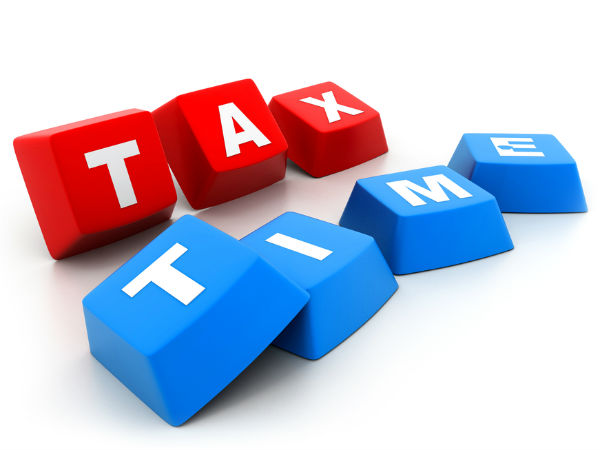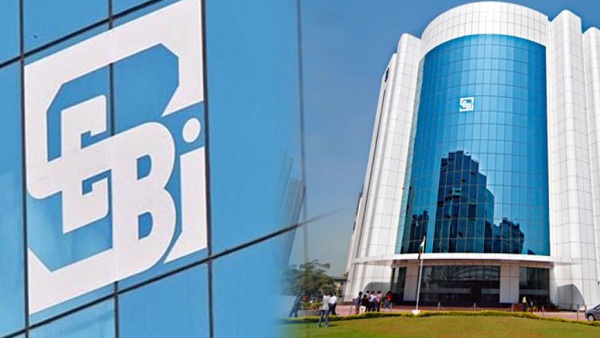How To Choose ELSS Fund To Save Tax And Create Wealth?
We all want to increase our wealth, but we also need to keep track of our spending so that we can earn more and spend less. However, one expense is unavoidable taxes. Equity-Linked Savings Schemes, or ELSS, is one tool that likely works on both returns and tax savings. If you want to invest in the stock market but don't know where to start, ELSS funds can help. You can invest in an ELSS plan or a SIP fund, but you should think about the long-term performance of the fund.
An investor must first define his or her financial goal before narrowing down a method to accomplish that goal before choosing any form of investment.

ELSS Funds
You can't sell, redeem, or switch these plans during the three-year lock-in term. When compared to the Public Provident Fund (PPF), which has a 15-year lock-in time, and the National Savings Certificate (NSC), which has a 5-year lock-in period, the ELSS has a relatively short lock-in duration.
In comparison to other traditional tax-saving paths, LSS has the shortest lock-in time of three years and the potential to create greater profits. The stock market accounts for at least 65 percent of the ELSS fund's assets. Unlike other fund options such as sector funds, financial services, and infrastructure, investments in equity-linked savings schemes are diversified and invested across sectors and industries.

Expense Ratio of the ELSS Fund
The expense ratio refers to the fees that mutual funds charge for managing their investors money.
Investors should evaluate the expense ratio of tax-saving funds while making investments. The fund's high expense ratio indicates that the fund incurs a lot of costs.
In this area, the expense ratio ranges from 1.46 to 2.99 percent. A fund with a low or moderate expense ratio and a greater rate of return should be chosen by the investor.

Risk and Diversification
In terms of stock exposure and diversification, different ELSS funds use different strategies to maintain a balanced portfolio. Some funds spend a bigger percentage of their whole portfolio in fewer stocks, while others stick to a diversified strategy. Investment risk and return are inextricably connected. High-return mutual funds carry larger risks, while low-return mutual funds carry smaller risks.
To determine the best Tax Saving Fund, you must first determine your risk profile, or how much risk you are willing to face when investing in mutual funds.

Fund Manager and Fund House
If a fund has a good and consistent fund manager who has produced positive results in the past, it may be fairly believed that the fund will continue to produce positive results in the future. Always look into the fund manager's background and track record, not just for this fund but for any other funds he or she runs. When a fund house is created, it has the necessary experience to handle huge sums of money.
Because decision-making processes are pre-determined, a change in the fund management has no impact on the fund's performance.

Return consistency
After reviewing the consistency of their performance in different periods of market cycles and evaluating calendar year returns, carefully select funds. A fund should be able to outperform its benchmark in rising markets while falling less in falling markets. Seek funds that have consistently performed in the highest quartile among funds with similar portfolios and have a consistent portfolio management strategy.

Market cap composition
SEBI has granted fund managers complete discretion in determining the percent allocation in stocks The manager decides on the allocation based on market conditions, the fund's aim, and his own risk-taking capability to attain that goal. Examine the fund's past market cap allocation trends as well as the consistency of its investment patterns. It is preferable to choose funds with a consistent investment pattern rather than funds with a regularly changing investment pattern because the latter carries a larger risk.































